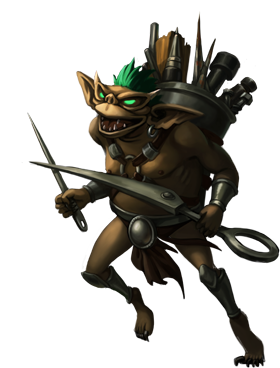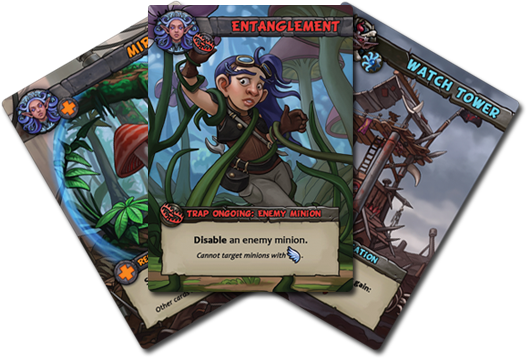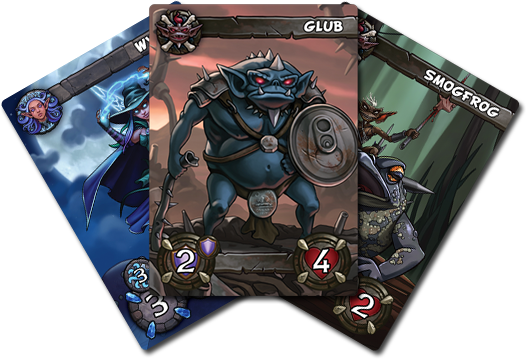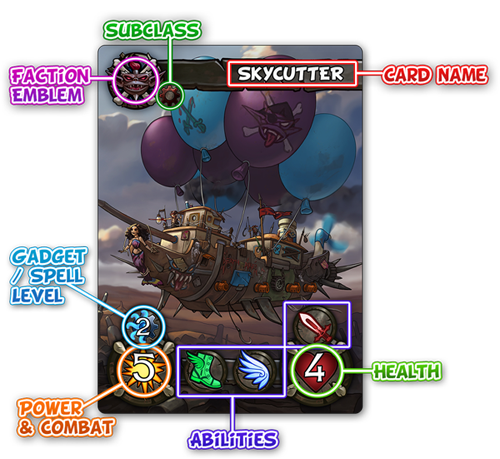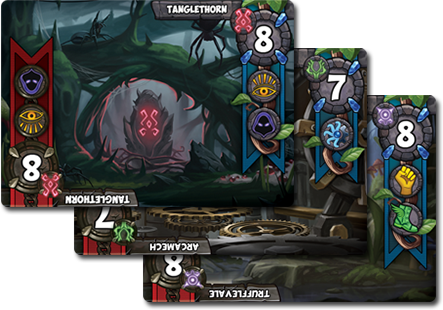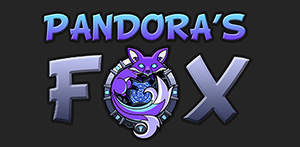Data on this page may undergo frequent changes.
The Core Rules
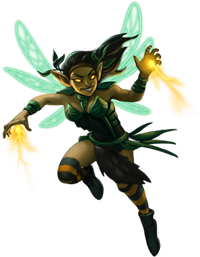
Objective
The objective of the game is to control enough magic rune locations to summon the wonderous wolpertinger! Players deploy their minions to try and capture these runes. Once a player has amassed enough power through their minions at a single rune location, they capture it. However things are seldom so easy. Players will challenge each other by sending minions into combat, unleashing mischievous spells, wicked traps and powerful gadgets.
Actions and AP
Action points (AP) are gained and spent soley in the action phase. While in the action phase, each player begins their turn with two action points (AP). Players take actions by spending these AP. AP can be spent on the following actions: melee), (
melee), ( range) or (
range) or ( blast) combat traits are suitable for making attacks. The attack action can only be taken once per turn.
blast) combat traits are suitable for making attacks. The attack action can only be taken once per turn. ability, the cost of taking this action is reduced to 1AP.
ability, the cost of taking this action is reduced to 1AP.See more on action cards in the card types section
Capturing a Rune Location
There are two main requirements when capturing rune locations. The first requires that the total power of a player's minions there, is equal to, or greater than the location's listed power. The second condition requires that at least one of their minions have the necessary ability, which is also found on the location card. If a player meets these requirements in the capture phase, and no other player does, then that player captures the location. When more than one player meets the requirements to capture the same location, the player with the most matching abilities wins out. If neither player has more matching abilities than the other, then no one captures the location in that phase and it remains contested for another round.
Deploying Minions
This can only be performed in the deployment phase. 'Deploying' is the action of playing a minion card face down at a rune location. While a card is face down it is “Fatigued.” You may not deploy a minion to any location that already has two fatigued minions. Fatigued minions become active by flipping the cards over at the start of every action phase.Combat - Attacking and Defending
Combat happens when a player initiates the attack action. The attacking player designates a minion capable of making attacks, then chooses an opponent’s minion (or minions if a blast attack) as the target of the attack. Minions can only attack targets at the same location. To determine the success of the attack compare the attackers power value to the defending minion’s health value. If the attacking minion’s value meets or exceeds the defending minion’s health value, the attack succeeds and the defender’s minion is defeated. Defeated minions are placed in their respective discard pile. Damage from an attack does not carry over to consecutive actions, so a minion that has insufficient power to defeat a target fails its attack. Certain minions may have abilities that prevent them from being attacked normally, such as the stealth or fly abilities. Others could change the conditions of an attack such in the case of the Defend ability. These abilities are further described in the ability section.Winning: Summoning the Wolpertinger!
The first player to capture the number of rune locations set by the game type wins! Below are the victory conditions for various game types: